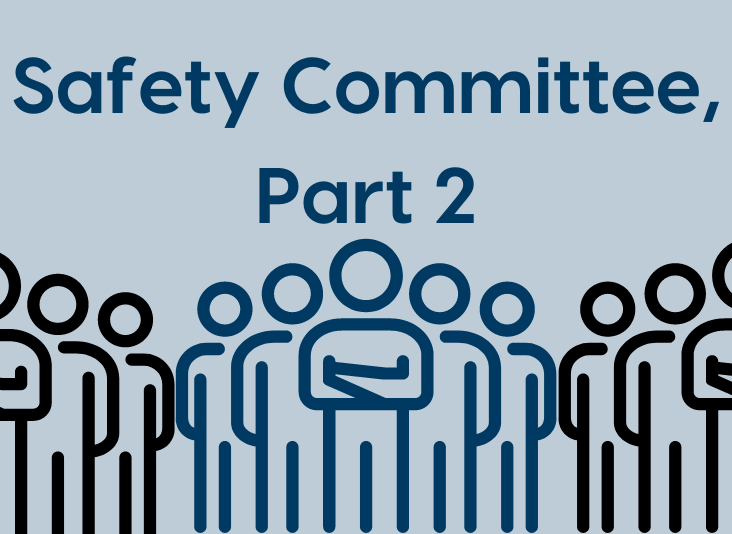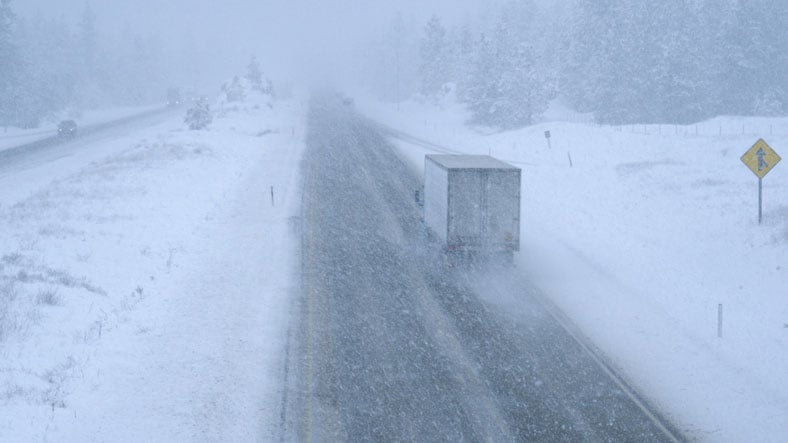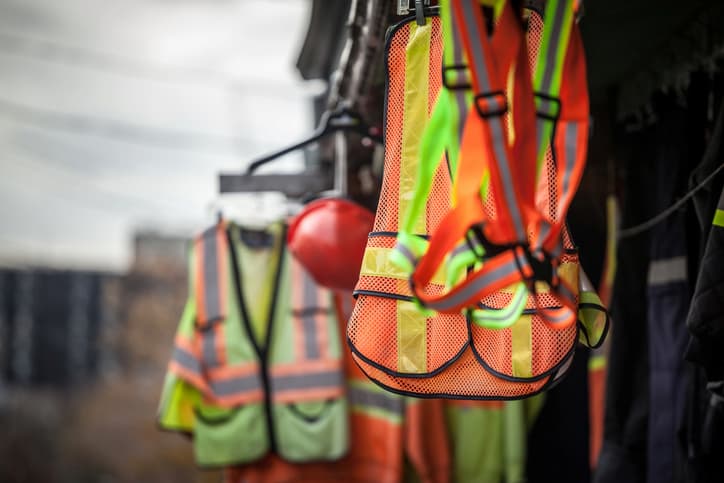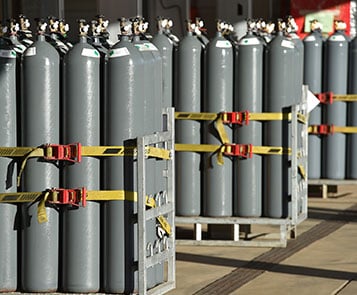Why You Should Implement an Organizational Safety Committee, Part 2: Key Elements and Triumvirate Environmental’s Success
Editor’s note: This is the second part of a two-part series.
In Part 1 of our blog series, we discussed how safety committee implementation is paramount for organizational success across industries. Such a committee can shepherd initiatives that help enable an organization to function as safely as possible, maximizing the benefits of safety while minimizing risk, and its various downsides.
Maybe you’re having trouble implementing this or are not sure where to start with creating a safety committee. Here, in Part 2, we hope to provide an example of what this might look like in your facility, as well as share how Triumvirate Environmental has achieved success with this venture using one of our own safety committees as an example.
Safety Committee Tasks and Goals
A safety committee should coexist within its company’s overall commitment to workplace safety. This team’s sole purpose should be to ensure that safety remains at the forefront of operations by proactively addressing safety goals, concerns, and plans. It can do this by, among others:
- Addressing safety concerns head on
- Evaluating training programs
- Improving safety behaviors
- Increasing staff retention and recruitment at the regional level
- Supporting regional leadership in effecting positive change within the larger organization’s overall culture
Teams Under the Safety Committee Umbrella
A safety committee should comprise employees of all ranks and backgrounds, regardless of employee tenure, education, or organizational stature. The only requirement should be that employees must share the common goal of improving the workplace today and into the future.
It is no small task to oversee the numerous tasks, workplace safety risks, and mitigation strategies that full operational safety encompasses. As such, it is recommended to break the larger safety team into smaller, more focused sub-groups, each with its own directed goals. A few examples of some such sub-groups are outlined below:
- Regional Senior Executive Sponsors – Those in this group can provide:
- Senior leadership oversight
- Response activation and resource allocation when issues arise, including escalation to senior levels
- Resolution of inter-team issues requiring disciplinary or HR action
- Committee Officers – These members may:
- Lead meetings
- Act as a resource for new members
- Help set and achieve goals
- Summarize completed tasks and meeting minutes
- Provide broad-based security
- Work toward staff retention
- Identify safety policy marketing opportunities
- Employee Engagement and Retention Teams – These groups can:
- Conduct regional employee engagement and pulse surveys
- Measure overall satisfaction and engagement within the organization
- Analyze collected data to identify improvement opportunities
- Training and Education Managers – These managers should:
- Work with and support leadership
- Lead departmental and local initiatives, such as creating quick reference or “how to” guides and spotlighting safe practices in meetings
- Reinforce computer-based learnings and in-person sessions
- Promotions Officers – These staff members can:
- Enhance and promote professionalism by encouraging individual safety initiatives
- Cultivate continuity of customer service
- Results Analyzers – This group may:
- Work to encourage every employee to synchronize workplace safety efforts
- Perform safety reviews
- Review safe practices and grade efforts
- Dissect and evaluate near-misses and incidents
- Analyze safety practices at the big-picture level
A Safety Team in Action: MARSC at Triumvirate Environmental
As previously mentioned, the overarching sentiment at Triumvirate Environmental is that “each and every one of our team members should leave work in the same, if not better, condition than how they came in.”
Safety is key for us, and something that we put front and center in all our operations. We aim for 100% worker and community protection throughout our operations and facilities. To help achieve this, we operate a number of safety initiatives throughout our operations. One example is the Mid-Atlantic Regional Safety Committee (MARSC). This team oversees all the crucial safety tasks that support worker health and well-being in the Mid-Atlantic region.
Some projects completed this year include:
- The publishing of quarterly safety news bulletins to make employees aware of potential safety concerns and best practices. Topics included fall protection, indoor air quality precautions, and SDS literacy. These bulletins were distributed to employees throughout the region and outlined key compliance and safety steps for various risky situations.
- The creation of regional respiratory protection care and upkeep reference guides to ensure workers have the necessary personal protective equipment (PPE) and know how to care for it. Ensuring proper PPE is crucial for workplace safety.
- The sharing of proper inspection and donning/doffing PPE guides so employees know how to properly use PPE. PPE is only as good as its proper use, so these levels of PPE guides helped train and/or refresh employees on best practices.
- The establishment of reference sheets so team members are prepared to deliver better service, improved quality and process flows, and track compliance and cost-savings metrics. This ensures their safety while still prioritizing the WOW!-level of service.
- The writing of how-to guides for audits to ensure safety and success. These may include basic reminders to think actions and tasks through, or advanced, high-level machinery safety guides.
MARSC, along with our other widespread safety initiatives, helps continually and efficiently ensure safety for our global teams, across regions and roles.
Maybe you’re struggling to implement an effective safety committee at your facility, or need help knowing exactly what elements your safety team needs. Possibly still you have a safety committee in place, but their initiatives aren’t seemingly productive and you need guidance as to how to proceed. Triumvirate Environmental can help. Backed with our vast experience implementing our own committee and helping our partners succeed with theirs, we have the deep industry knowledge to help you achieve your safety goals. Contact us today to learn more.






